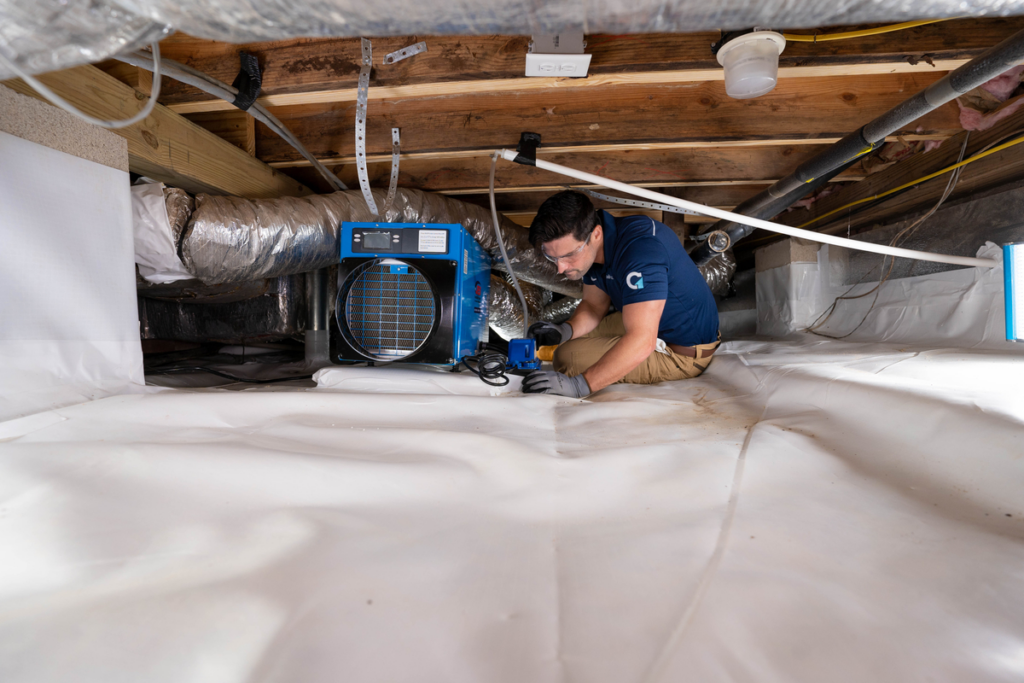
crawl space dehumidifier
Introduction
A crawl space dehumidifier is an essential investment for homeowners looking to maintain a dry and healthy environment beneath their homes. Crawl spaces often accumulate excess moisture, leading to mold growth, structural damage, and poor indoor air quality. By installing a high-quality crawl space dehumidifier, you can effectively control humidity levels, improve energy efficiency, and protect your home from potential hazards. This guide will explore the benefits, types, and key factors to consider when purchasing a crawl space dehumidifier.
Benefits of Using a Crawl Space Dehumidifier
Prevents Mold and Mildew Growth

Crawl spaces are highly susceptible to moisture buildup, which creates the perfect breeding ground for mold and mildew. Excess humidity levels above 60% encourage fungal growth, leading to health risks such as allergies, asthma, and respiratory infections. A crawl space dehumidifier effectively reduces humidity levels, preventing mold spores from thriving and ensuring a healthier living environment.
Protects Structural Integrity
Moisture can weaken wooden structures, floor joists, and support beams over time. High humidity levels cause wood to rot, warp, and deteriorate, leading to costly repairs. By maintaining optimal humidity levels with a crawl space dehumidifier, you can extend the lifespan of your home’s foundation and structural components.
Enhances Indoor Air Quality
Since up to 50% of the air inside your home originates from the crawl space, poor air quality beneath your house can impact the entire living space. Excess moisture can lead to unpleasant odors, dust mites, and airborne pollutants. A dehumidifier keeps humidity levels in check, improving indoor air quality and reducing allergens in your home.
Improves Energy Efficiency
High humidity levels make it harder for HVAC systems to regulate indoor temperatures efficiently. Moist air holds more heat in the summer and feels colder in the winter, forcing heating and cooling systems to work harder. By reducing excess moisture, a crawl space dehumidifier helps optimize your HVAC system’s performance, leading to lower energy bills and increased comfort.
Types of Crawl Space Dehumidifiers
Refrigerant Dehumidifiers
Refrigerant dehumidifiers work by drawing in humid air, cooling it over coils, and condensing moisture into water that drains out. These dehumidifiers are ideal for moderate to high humidity levels and are energy-efficient for long-term use. They are best suited for crawl spaces with consistent temperatures.
Desiccant Dehumidifiers
Desiccant dehumidifiers use a moisture-absorbing material, such as silica gel, to remove humidity from the air. These units are effective in colder climates where traditional refrigerant-based dehumidifiers struggle to function efficiently. While they tend to consume more energy, they excel in extreme conditions.
Ventilating Dehumidifiers
Ventilating dehumidifiers work by expelling moist air and drawing in drier outside air, improving overall ventilation. These systems help reduce humidity levels while preventing stale air accumulation. They are beneficial for homes in areas with naturally lower humidity.
Factors to Consider When Buying a Crawl Space Dehumidifier
Capacity and Coverage Area
Choosing the right capacity is crucial for effective moisture control. Dehumidifier capacity is measured in pints of water removed per day. For a standard crawl space (1000-2000 sq. ft.), a dehumidifier with a 50-70 pint capacity is recommended. Larger spaces may require higher-capacity units.
Energy Efficiency
Look for ENERGY STAR-rated dehumidifiers to ensure energy efficiency and reduced electricity costs. Energy-efficient models operate optimally while consuming less power, making them a cost-effective investment in the long run.
Drainage System
Crawl space dehumidifiers usually come with either a built-in pump for automatic drainage or a gravity drain system. A pump is beneficial for areas where water needs to be expelled at an elevation, while gravity drains work well if the unit is positioned near a drainage outlet.
Humidity Control and Smart Features
Modern dehumidifiers include built-in hygrometers to monitor and maintain specific humidity levels. Advanced models feature smart controls, Wi-Fi connectivity, and remote monitoring options, allowing homeowners to adjust settings conveniently.
Noise Levels
Since crawl space dehumidifiers operate continuously, noise levels can be a concern. Opt for models with noise-dampening features or lower decibel ratings to prevent disruptions.
Installation and Maintenance Tips
Proper Placement: Position the dehumidifier centrally in the crawl space for even humidity control. Avoid placing it directly on the ground; instead, use a stable platform.
Sealing Crawl Space: Ensure the crawl space is properly sealed with a vapor barrier to enhance the dehumidifier’s efficiency.
Regular Cleaning: Clean the air filter and coils periodically to maintain performance and prolong the unit’s lifespan.
Check Drainage System: Inspect and clean the drainage hose regularly to prevent clogging and water accumulation.
Conclusion
A crawl space dehumidifier is an essential appliance for maintaining a moisture-free and healthy home environment. From preventing mold growth to improving air quality and energy efficiency, the benefits are undeniable. When selecting a dehumidifier, consider factors like capacity, energy efficiency, drainage, and noise levels to ensure optimal performance. With the right dehumidifier, you can safeguard your home’s structural integrity and enjoy a cleaner, healthier living space.






